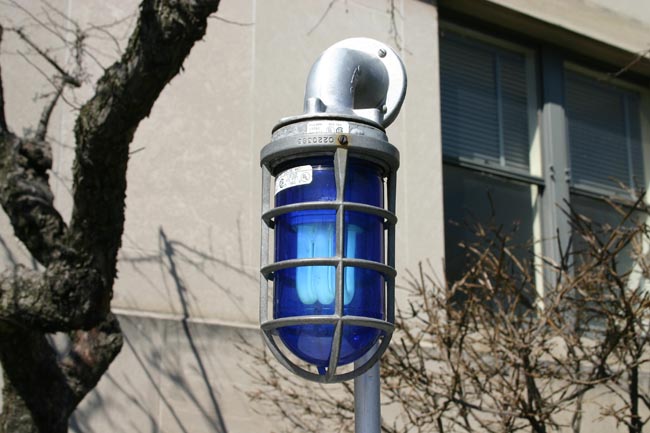Just over a week ago, I was at a friend’s house for movie night, about a 10 to 15 minute walk from my dorm. By the time our movie had ended, it was a little past midnight. It was a weeknight, and not many people were out and about. Not wanting to walk home alone, I asked one of my friends to walk with me. He jokingly replied that it was a far walk, and he didn’t feel like it.
Normally, this wouldn’t bother me, but given the gravity of recent events at U.Va., I felt personally offended that someone I considered a friend would allow me to walk home alone in the middle of the night. When I voiced this concern, he countered me: “This is Williamsburg. Are you really that worried?”
The striking part of this story is that prior to Hannah Graham’s disappearance, I would have agreed with him.
There are things we trick ourselves into blindly believing: We are safe. It won’t happen to us. This is a safe community. Even if these statements are 99.9 percent true, there is never absolute certainty in their value. In light of recent events, it is inevitable that as individuals, and as a community, we need to recognize that we cannot continue to take our safety for granted.
We are, in a sense, too safe. We are so well-padded by the idea of a low community crime rate that we seem to have forgotten the very basics of personal safety. It’s not uncommon on any given night to see a student walking alone on or off campus. It didn’t used to be uncommon for me. I will admit that I slipped right into the Williamsburg safety bubble; after my first week on campus I stopped taking my pepper spray out with me under the illusion that I would never need it. Our safety bubble is exactly what causes us to find ourselves in potentially dangerous situations.
This paradoxical “too-safe” mindset becomes even more critical when incidents do occur in our community. Stories of assault, among other incidents, become the glaring exception in a community where everyone thinks they are naturally safe.
Victims are scrutinized for the circumstances of their situations. They shouldn’t have been drunk. They shouldn’t have been alone looking like that. They should have known better. But the truth of the matter is that their only offense was being inculcated with the idea that they live in a safe community, where incidents of assault won’t happen to them.
What makes this mindset so dangerous is that there is no real source of blame for its creation. It follows naturally that in a community with low crime people are more likely to feel safe. Achieving a low crime rate, however, doesn’t mean a community should stop being proactive.
People need to be reminded to prioritize their safety, but whose job is it to remind them? If there is no single party to blame for this insidious safety bubble, then whose job is it to fix it? The answer is just as frustrating as the problem.
As much as I would like to say that everyone needs to remind everyone else to remain aware of their personal safety, I’m not ignorant enough to find that to be a sufficient response. The response I can offer is not much better. All I can say is to be an active bystander. Intervene in what you think could turn into a dangerous situation, and be persistent even when the threat of danger is small.
Don’t allow yourself to fall in the blindness of the safety bubble, because it’s always better to make a little extra effort to be safe than to take the chance, no matter how small it is.
Email Kaitlan Shaub at kcshaub@email.wm.edu.


Why didn’t you just call campus escort? I don’t think your friend has an obligation to walk you home. We have safety mechanisms in place, but students choose not to use them.
Would love to Equip these girls with some self protection, Contact me please http://www.mydamselpro.net/MHANKS/
your “friend” is not your friend, dump him. He is a jerk!
Shame on you Bobby! A friend,especially a man,should be concerned about the safety of his friend when she was obviously frightened to walk home alone..Maybe that is the problem.Men are not what they used to be when I was growing up!